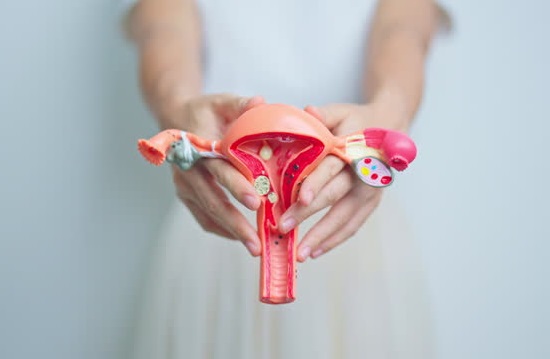Best Uterine Fibroid Treatment in Andheri

What are fibroids in the uterus?
Benign (noncancerous) growths called fibroids can develop inside or outside the uterus in a variety of places. They can also be referred to as leiomyomas or just myomas. The locations and sizes of fibroids differ. They can vary in size from tiny to grapefruit-sized, and at that size, they have the ability to alter the uterus's dimensions and form. They may develop outside of the uterine wall or inside of it. Additionally, more than one fibroid may exist concurrently. Therefore get in touch with us because Dr. Kunal Arora provides Best Uterine Fibroid Treatment in Andheri.
The following are uterine fibroids' most typical symptoms:
Why Do Uterine Fibroids Occur?
It is unknown exactly why some women develop fibroids. Women who are impacted frequently have a family history of fibroids because the condition tends to run in families. The body naturally produces the hormone estrogen, which stimulates the growth of fibroids. These growths tend to shrink after menopause, when the body stops producing large amounts of estrogen, but they can appear as early as age 20. Fibroids can weigh several pounds or they can grow to be very small and not cause any issues. In general, fibroids grow slowly. Contact us now because we provide Best Uterine Fibroid Treatment in Andheri.
Treating Uterine Fibroids
During their reproductive years, many women are affected by non-cancerous growths called uterine fibroids. The size, location, and severity of fibroids, as well as a woman's desire to maintain her fertility, all influence the available treatment options. Medication is a popular method of treating fibroids. Gonadotropin-releasing hormone agonists (GnRH agonists) and birth control pills are examples of hormonal therapies that can reduce fibroids and their associated symptoms, including pelvic pressure and heavy menstrual bleeding. On the other hand, these drugs are typically only short-term fixes, and if treatment is stopped, symptoms could return. We have expert doctor for the Best Uterine Fibroid Treatment in Andheri.
Surgical interventions may be necessary for longer-term fixes. A myomectomy is a viable option for women who want to maintain their fertility because it involves surgically removing fibroids while leaving the uterus intact. Another method is a hysterectomy, which involves removing the entire uterus, particularly for women who have finished having children or who have severe symptoms. The only permanent treatment for fibroids is a hysterectomy, which is a major procedure that may affect one's ability to conceive in the future.
Minimally invasive techniques like focused ultrasound surgery and uterine artery embolization have become more and more common in recent years. FUS uses high-intensity ultrasound waves to destroy fibroids without making incisions, while UAE involves cutting off the fibroids' blood supply to cause them to shrink. In the end, a person's unique circumstances, including the size and location of fibroids, the intensity of symptoms, the desire to become pregnant in the future, and general health, will determine the course of treatment. To decide on the best course of action, speak with a gynecologist or a specialist in treating fibroid tumors. Visit to our clinic now and consult with Dr. Kunal Arora who provides one of the Best Uterine Fibroid Treatment in Andheri.
Prevention
Investigations into the origins of fibroid tumors are still ongoing. However, more research is required to determine how to prevent them. It's possible that uterine fibroids cannot be prevented. However, only a tiny portion of these tumors require medical attention. Making healthy lifestyle adjustments may help reduce your risk of developing fibroid tumors. Maintain a healthy weight, if possible. Engage in regular exercise. Consume a diet rich in fruits and vegetables and well-balanced. According to some research, the risk of fibroids may be reduced by long-acting progestin-only contraceptives or birth control pills. However, taking birth control pills before turning 16 may put you at greater risk.
Conclusion
Book your appointment now with Dr. Kunal Arora who provides one of the Best Uterine Fibroid Treatment in Andheri. Also A variety of options customized to each woman's specific situation are available for managing uterine fibroids. The objective is to relieve symptoms such as heavy bleeding and pelvic discomfort while taking fertility preservation into consideration. Treatment options range from medication to surgical procedures like myomectomy or hysterectomy. When compared to traditional surgeries, minimally invasive procedures like focused ultrasound surgery (FUS) and uterine artery embolization (UAE) offer alternatives that reduce recovery time and complications.
The location, size, and severity of the fibroid, as well as the woman's reproductive objectives, all influence the treatment option. For people to successfully navigate these options, close collaboration with healthcare providers is essential. Technological developments in medicine keep expanding the range of possible treatments, giving women with uterine fibroids more individualized and efficient care.
